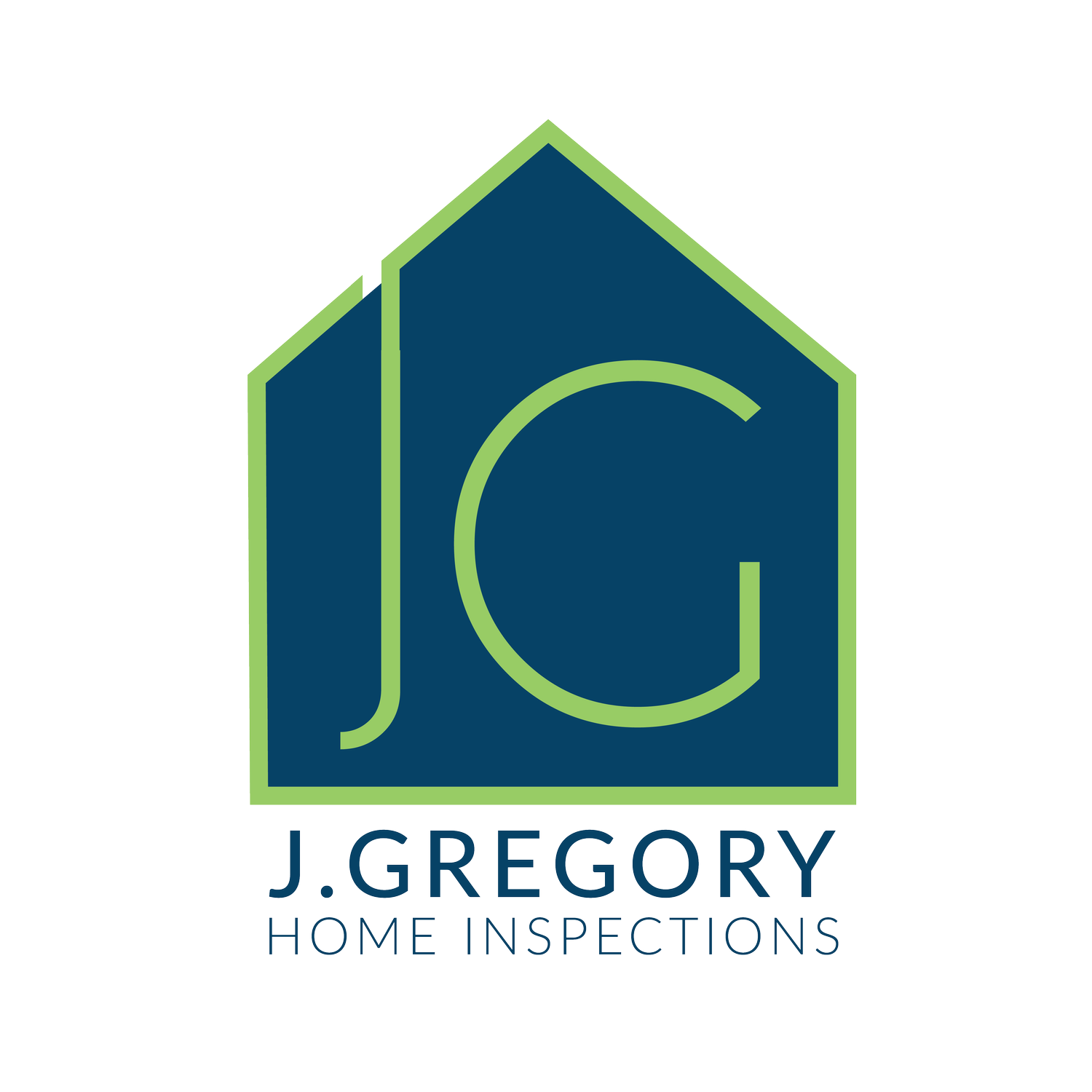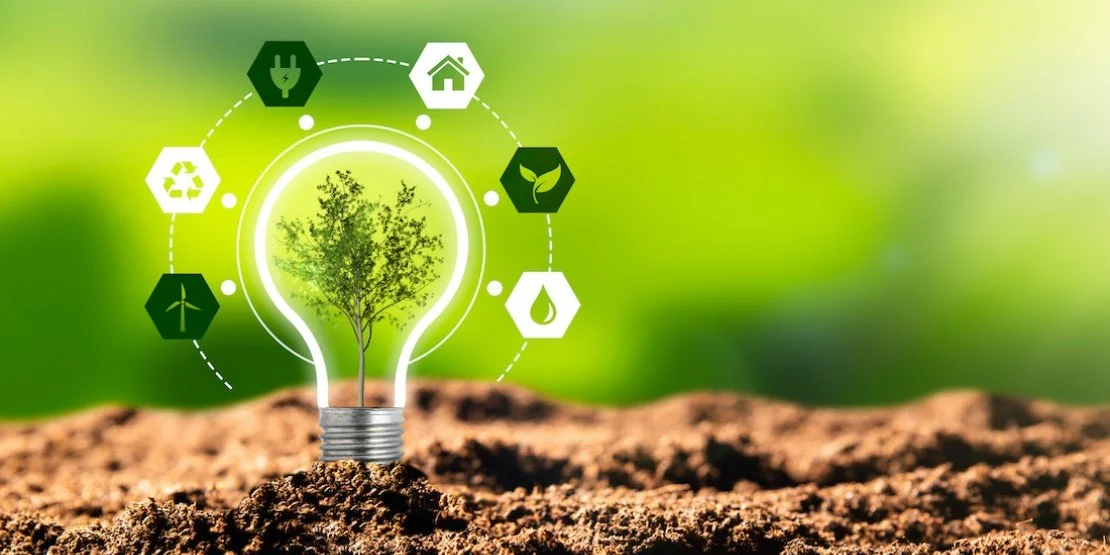Unlocking Sustainability: Practical Ways to Enhance Home Energy Efficiency
In an era marked by environmental consciousness and rising energy costs, optimizing your home's energy efficiency is not only financially savvy but also a crucial step towards reducing your carbon footprint. From simple DIY projects to more significant investments, there are various strategies homeowners can employ to make their living spaces more sustainable. Here, we explore several effective methods to enhance your home's energy efficiency.
1. Seal Air Leaks and Insulate
One of the most cost-effective ways to improve energy efficiency is by sealing air leaks and ensuring adequate insulation throughout your home. Gaps and cracks in windows, doors, and walls can allow conditioned air to escape, leading to increased heating and cooling bills. Invest in weather-stripping, caulking, and insulation materials to seal these leaks and enhance thermal performance.
2. Upgrade to Energy-Efficient Appliances
Older appliances tend to be less energy-efficient than their modern counterparts. Consider upgrading to Energy Star-certified appliances, which are designed to consume less energy while delivering the same level of performance. Focus on high-energy-consuming appliances like refrigerators, washing machines, and water heaters to maximize energy savings over time.
3. Install Programmable Thermostats
Installing programmable thermostats allows you to customize your home's heating and cooling settings based on your schedule, reducing energy consumption when you're away or asleep. By optimizing temperature control, you can enjoy greater comfort while minimizing energy waste and lowering utility bills.
4. Embrace Natural Lighting and Ventilation
Maximize natural lighting and ventilation to reduce reliance on artificial lighting and mechanical cooling systems. Position windows strategically to capture daylight and cross-ventilation, enhancing indoor comfort and reducing the need for electric lighting and air conditioning during daylight hours.
5. Invest in Energy-Efficient Windows and Doors
Windows and doors play a significant role in maintaining thermal comfort and energy efficiency. Consider replacing old, single-pane windows with energy-efficient models featuring double or triple glazing and low-emissivity coatings. Similarly, opt for insulated doors with proper seals to minimize heat transfer and air leakage.
6. Harness Renewable Energy Sources
Explore renewable energy options such as solar power to generate clean, sustainable electricity for your home. Solar panels can be installed on rooftops or in sunny areas of your property, providing a reliable source of energy while reducing reliance on fossil fuels. Additionally, consider incorporating solar water heaters or small wind turbines for supplementary energy generation.
7. Conduct Regular Maintenance and Inspections
Routine maintenance and inspections are essential for preserving the efficiency and longevity of your home's systems and components. Schedule annual HVAC tune-ups, clean or replace air filters regularly, and inspect insulation, ductwork, and appliances for signs of wear or inefficiency. Prompt repairs and adjustments can prevent energy waste and costly repairs down the line.
Improving your home's energy efficiency not only saves money on utility bills but also contributes to a greener, more sustainable future. By implementing these practical strategies—from sealing air leaks and upgrading appliances to harnessing renewable energy sources—you can create a more comfortable, eco-friendly living environment while reducing your environmental impact. Start small with DIY projects and gradually invest in more significant upgrades to unlock the full potential of energy efficiency in your home.


